24 Photos Of What Life Looked Like In 1924

Step into the dazzling dazzle of the Roaring ’20s with me—specifically, the year 1924, when jazz was hot, flappers ruled the dance floor, and the world was buzzing with change and possibility.
Picture it: the Charleston was all the rage, radios were crackling to life in living rooms across the country, and automobiles were turning roads into playgrounds of progress. It was a year of firsts, feats, and fabulous flair.
From groundbreaking political moments and headline-making athletes to cultural milestones that still echo today, 1924 was more than just a blip in history—it was a symphony of style, spirit, and serious momentum.
So slip into your imaginary spats or feathered headband, strap on those time-traveling goggles, and prepare for a quirky, eye-opening stroll through 24 snapshots of life from this unforgettable year. Ready to swing into the past? Let’s go—because 1924 is waiting, and it’s got stories to tell!
1. First Winter Olympics in Chamonix, France

The year was 1924, and the world gathered in the snow-covered town of Chamonix, France, for the very first Winter Olympics. Sixteen nations competed with valor and grace, skiing down slopes and skating across the ice. The atmosphere buzzed with excitement as spectators cheered for their favorite athletes.
Though I wasn’t there (my time machine was in for repairs), I imagine the crisp mountain air and the thrill of competition. The games were a magnificent display of sportsmanship and skill, setting the stage for future winter spectacles.
The legacy of Chamonix lives on today, and who wouldn’t want to hit the slopes after such an inspiring debut?
2. Calvin Coolidge Elected U.S. President
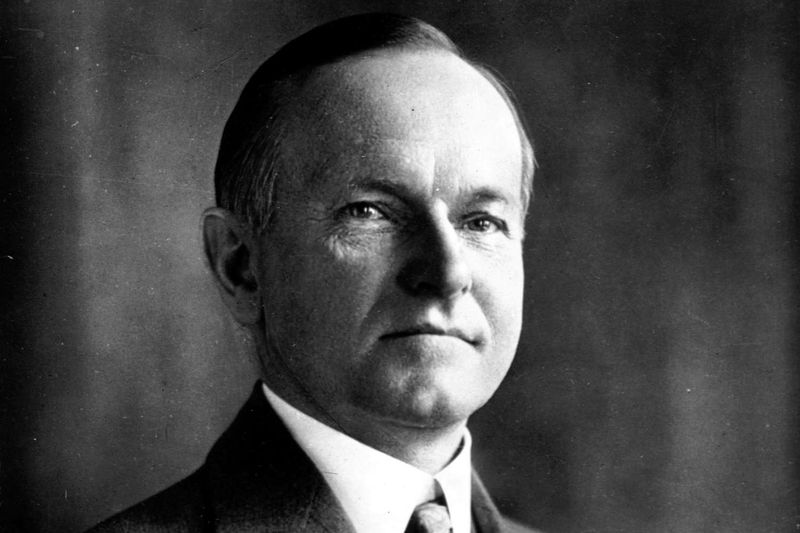
Silent Cal Coolidge, as they called him, was not one for unnecessary words. In 1924, he was elected President of the United States, continuing in office after assuming the presidency upon Harding’s death. His quiet demeanor belied a shrewd political mind.
The election was a landslide, and Coolidge’s policies reflected a conservative approach to governance. He believed in limited government intervention, which resonated with many at the time.
Imagine a president so silent, you could hear a pin drop in the White House! But Coolidge’s leadership style left a mark on the nation’s history, and his legacy continues to be studied by political enthusiasts.
3. FBI Officially Named
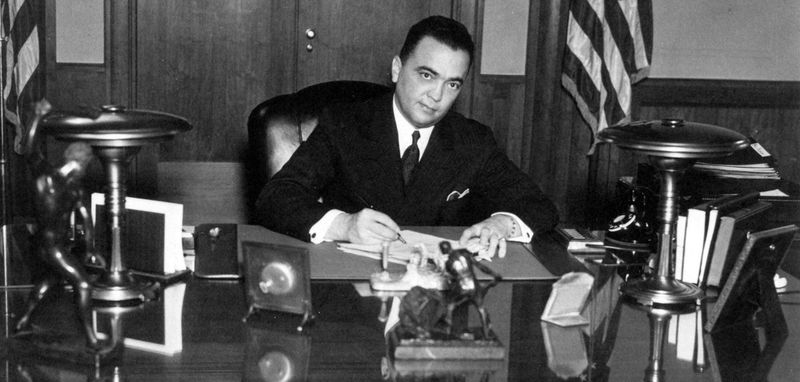
1924 was the year when the Bureau of Investigation officially became the Federal Bureau of Investigation (FBI). Under the watchful eye of J. Edgar Hoover, the agency began its transformation into a powerhouse of law enforcement.
The change in name was more than symbolic; it marked the start of a new era in American policing. Hoover’s ambitious vision set the stage for decades of influence and intrigue.
If only those FBI agents of yore could see how their work would inspire countless films and TV shows! The it’s-all-in-the-name moment defined the agency’s identity, forever etching the initials FBI into the public consciousness.
4. Macy’s Thanksgiving Day Parade Debuts
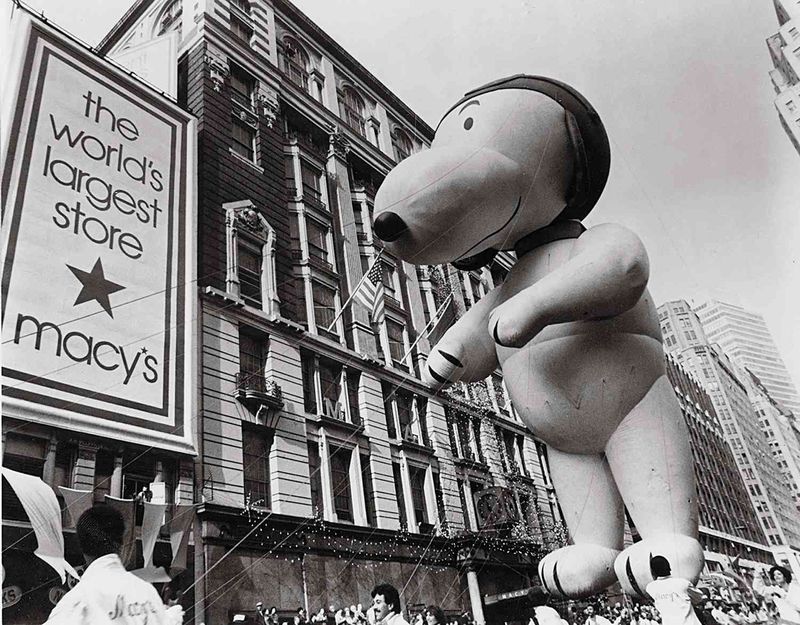
In 1924, Macy’s Thanksgiving Day Parade made its spectacular debut, albeit under the name “Macy’s Christmas Parade.” The streets of New York City were alive with excitement as animals from the Central Park Zoo paraded alongside giant floats.
The holiday spirit filled the air, and people of all ages gathered to witness this new tradition. Who knew that a parade with a menagerie of creatures would become an iconic part of Thanksgiving celebrations?
Today, it’s hard to imagine Thanksgiving without those grand floats and festive balloons, but it all began with some zoo animals strutting their stuff down the city streets.
5. Vladimir Lenin Dies

The death of Vladimir Lenin in 1924 sent shockwaves through the Soviet Union and the world. As the architect of the Russian Revolution, Lenin’s passing marked the end of an era and the beginning of a fierce power struggle.
His deathbed must have been a tense place, with key figures vying for control of the fledgling Soviet state. This was the moment Joseph Stalin began his ascent to power, changing the course of history in ways few could have foreseen.
Lenin’s legacy is complex, and his vision for communism remains a subject of debate and intrigue, shaping the political landscape for generations.
6. George Gershwin’s Rhapsody in Blue Premiere

1924 was a year that saw the fusion of classical music and jazz, thanks to George Gershwin’s masterpiece, “Rhapsody in Blue.” The premiere was a sensation, captivating audiences with its innovative blend of sounds.
As I listen to it today, I can almost envision Gershwin’s fingers dancing across the keys, creating a melody that would define an era. The concert hall must have been electric with anticipation and wonder.
This groundbreaking piece remains a testament to Gershwin’s genius, echoing through time as a symbol of American musical innovation.
7. Metro-Goldwyn-Mayer (MGM) Founded

Hollywood roared to new heights in 1924 with the founding of Metro-Goldwyn-Mayer (MGM). The studio’s emblematic lion became a symbol of cinematic majesty, heralding a golden age of film.
MGM’s creation marked the birth of one of the most influential studios in history, producing films that captivated audiences worldwide. Imagine the glitz and glamour of Hollywood as stars were born and legends were made.
Today, the roar of MGM’s lion remains a nostalgic reminder of the studio’s storied past, etched in the annals of film history.
8. Zoro Garden Nudist Colony Opens
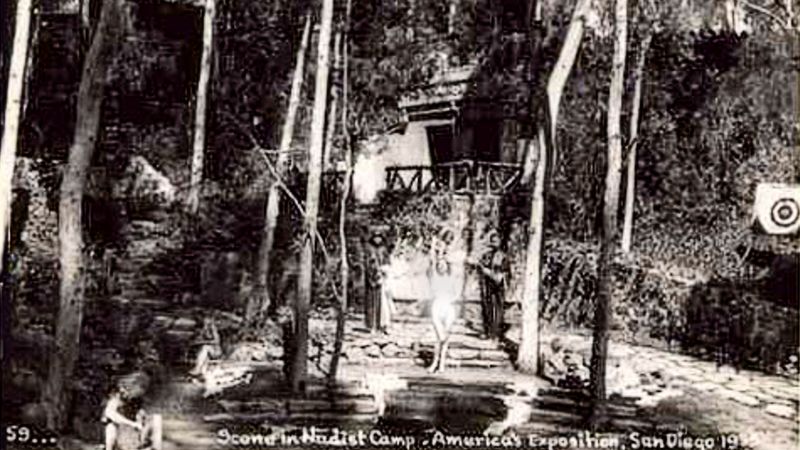
San Diego’s 1924 exposition presented the curious spectacle of the Zoro Garden Nudist Colony. While not exactly a genuine nudist retreat, it offered a peek into an evolving social landscape.
The “colony” was more performance art than reality, with participants playing the part in the spirit of entertainment. Picture a whimsical gathering where modesty was playfully set aside, albeit temporarily.
This quirky slice of history reminds us of society’s sometimes unconventional paths toward self-expression. The Zoro Garden remains a peculiar footnote in the chronicles of cultural exploration.
9. Adolf Hitler Jailed

In 1924, Adolf Hitler found himself behind bars after his failed Beer Hall Putsch. During his incarceration, he penned “Mein Kampf,” a manifesto that would later fuel his rise to power.
The prison must have been a grim place, but it was here that Hitler’s ideas took shape. Little did the world know the dark path that awaited in the years to come.
History’s pages bear witness to the consequences of his beliefs, and this moment in 1924 stands as a stark reminder of the power of ideas, both for good and ill.
10. Indian Citizenship Act Passed
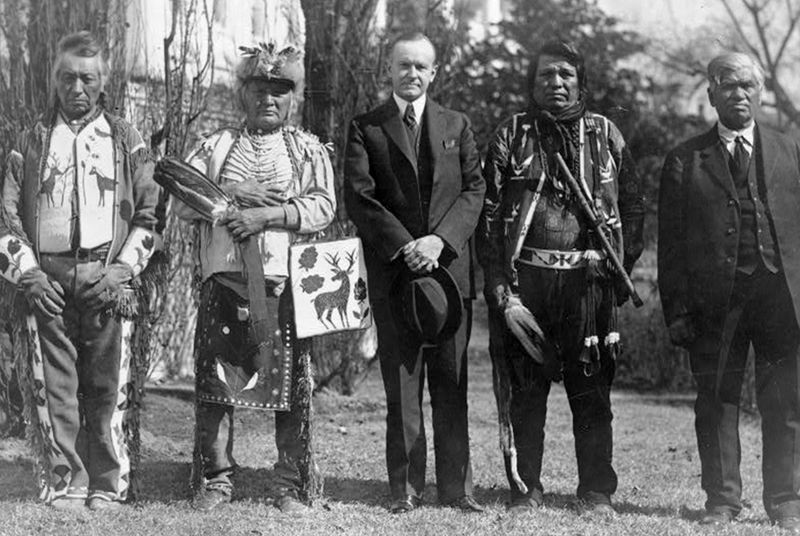
The Indian Citizenship Act of 1924 was a landmark moment, granting U.S. citizenship to all Native Americans born in the country. This act was a step toward recognizing the rights and identity of Native peoples.
Imagine the celebrations and mixed emotions as communities navigated this new chapter in their history. The act acknowledged their place in the American fabric, although challenges remained.
Today, the Indian Citizenship Act is a reminder of the ongoing journey toward equality and justice for Native Americans, shaping their story within the broader American narrative.
11. Johnny Weissmuller Wins Olympic Golds
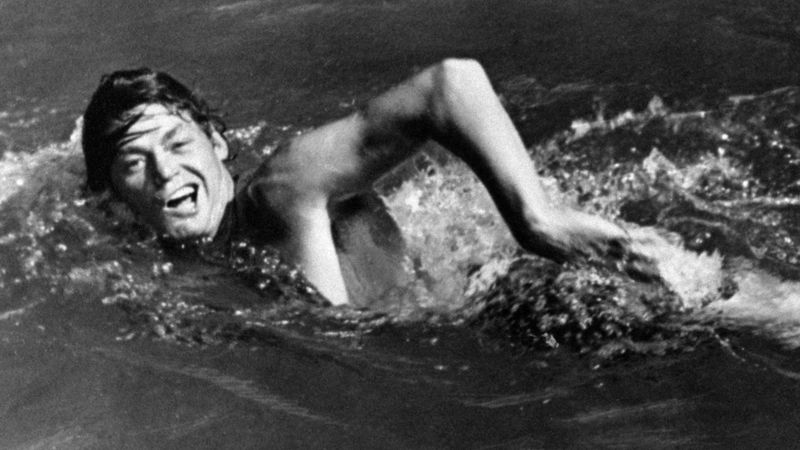
Johnny Weissmuller made waves in 1924 by winning three Olympic gold medals in swimming at the Paris Summer Olympics. The future Tarzan proved himself a true champion in the water.
Weissmuller’s athleticism and charisma captured the world’s attention, paving the way for his future Hollywood career. Picture a dashing athlete, slicing through the water with speed and grace.
His legacy endures, inspiring generations of swimmers and reminding us of the intersection between sport and entertainment.
12. First Crossword Puzzle Book Published
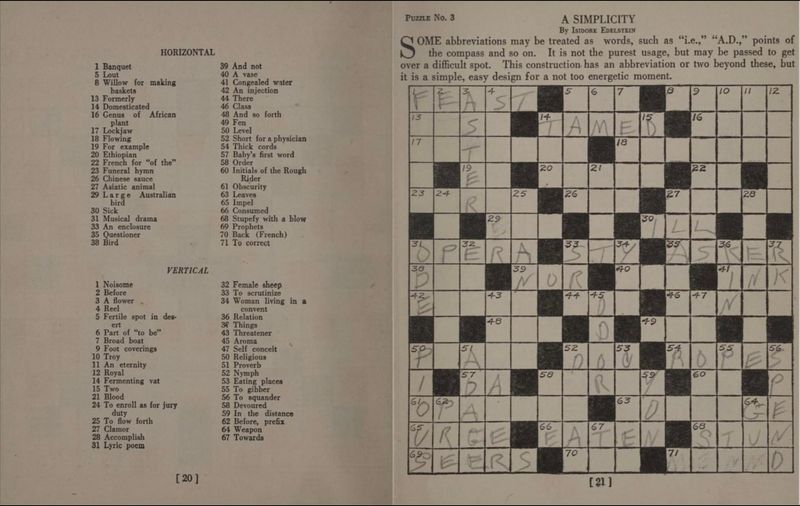
Crossword enthusiasts rejoiced in 1924 with the publication of the first crossword puzzle book by Simon & Schuster. This brain-teasing pastime found its way into homes across the nation.
Picture families gathered around the kitchen table, pencils in hand, as they tackled grids filled with clever clues. The crossword craze was officially underway!
This humble book sparked a tradition that continues to challenge and entertain puzzle lovers to this day, proving that good things come in small, grid-like packages.
13. Immigration Act of 1924

The Immigration Act of 1924 was a defining piece of legislation that significantly restricted immigration to the U.S. It particularly targeted individuals from Asia and southern/eastern Europe.
The act reflected the era’s complex attitudes toward immigration, a topic still relevant today. Imagine the impact on those seeking new opportunities in America, only to find the doors closing.
This moment in 1924 is a chapter in the ongoing story of immigration, reminding us of the delicate balance between borders and opportunity.
14. Ford Introduces Model A
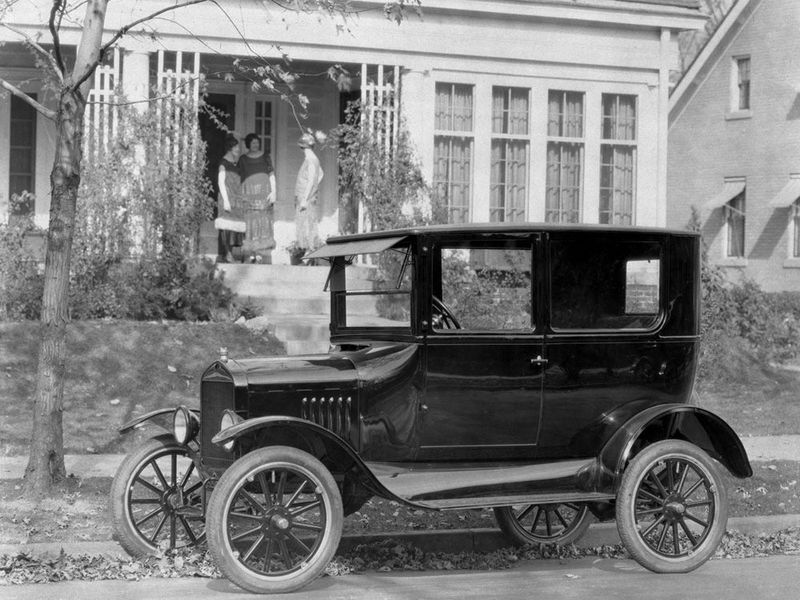
1924 saw the introduction of the Ford Model A, a car that would become a symbol of progress and innovation. The successor to the Model T, it offered a sleeker, more modern design.
Imagine the buzz as people laid eyes on this new vehicle, eager to take it for a spin. The Model A represented a leap forward in automotive design and efficiency.
Today, classic car enthusiasts still admire the Model A for its pioneering spirit, a testament to Ford’s legacy of innovation.
15. Chicago Tribune’s Iconic Skyscraper Built
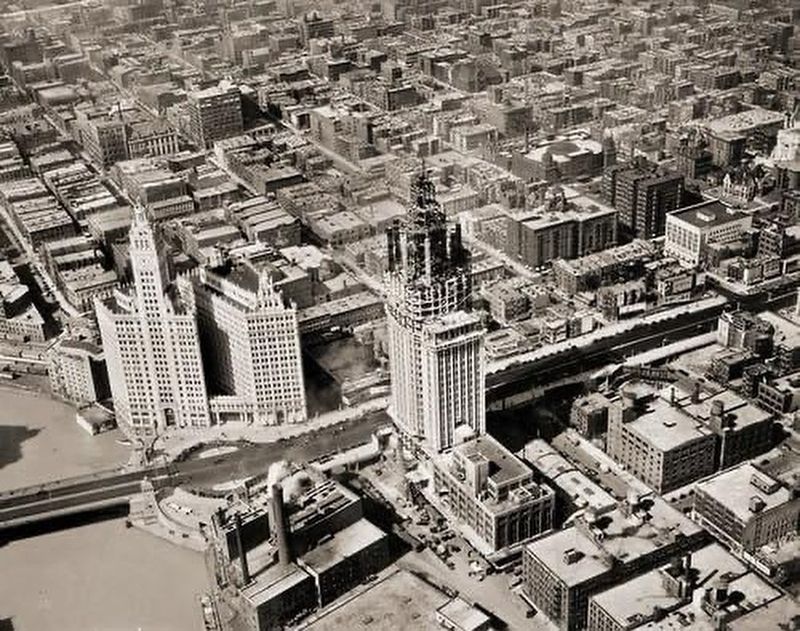
The Chicago Tribune Tower, completed in 1924, quickly became one of the Windy City’s most recognizable landmarks. Its Gothic architecture stood tall and proud against the skyline.
The design was the result of an international competition, showcasing the power of architectural ambition. Picture the hustle and bustle as construction crews brought this vision to life.
Today, the Tribune Tower remains a symbol of Chicago’s architectural prowess, a monument to the city’s rich history and innovation.
16. IBM Officially Formed

1924 was the year IBM officially became International Business Machines, shedding its former identity as the Computing-Tabulating-Recording Company. This rebranding marked the beginning of a tech giant’s journey.
Imagine the office buzz as employees embraced the company’s new name and mission. The seeds of innovation were being sown, destined to revolutionize technology.
Today, IBM’s legacy continues to shape the digital world, a testament to its enduring impact on industry and society.
17. The Lost Generation Thrives in Paris
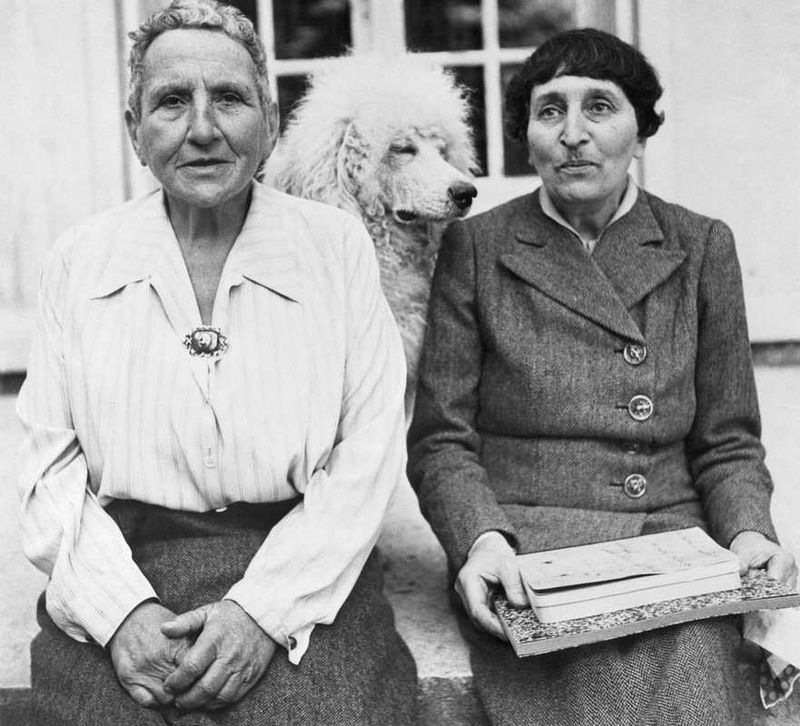
The Lost Generation of writers, including literary giants like Hemingway and Fitzgerald, thrived in the vibrant cafés of Paris in 1924. Their words captured the essence of an era in flux.
Imagine the clinking of coffee cups and the scratch of pens as these authors crafted stories that would become timeless classics. The air was thick with creativity and inspiration.
Their work remains a cornerstone of literature, a testament to the power of words to capture the human experience in all its complexity.
18. Surrealism Explodes in Europe
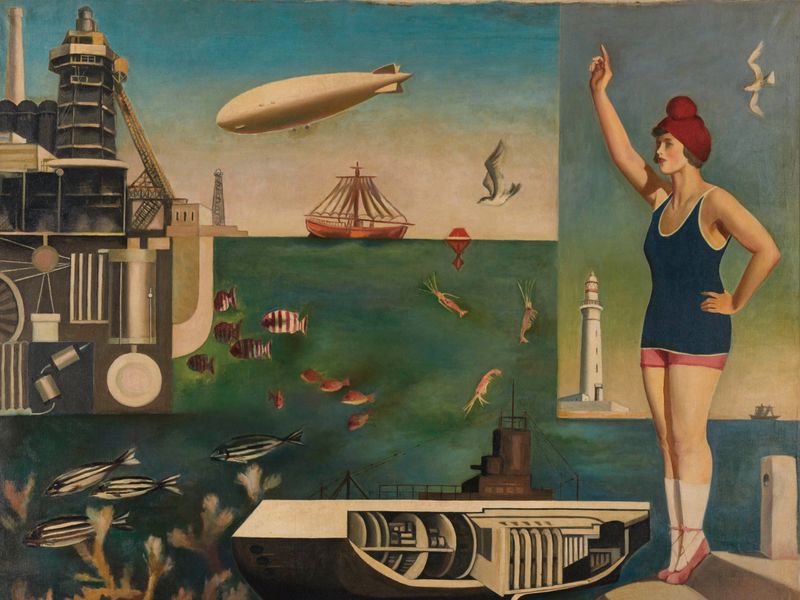
Surrealism burst onto the European art scene in 1924, with artists like Salvador Dalí and André Breton leading the charge. Their work defied convention, reshaping reality on canvas.
Picture an art gallery filled with dreamlike images that challenge perceptions and provoke thought. The boundaries of imagination were being pushed beyond the ordinary.
Surrealism’s legacy continues to inspire, a reminder of the limitless possibilities of artistic expression.
19. Marlene Dietrich’s First Film Role
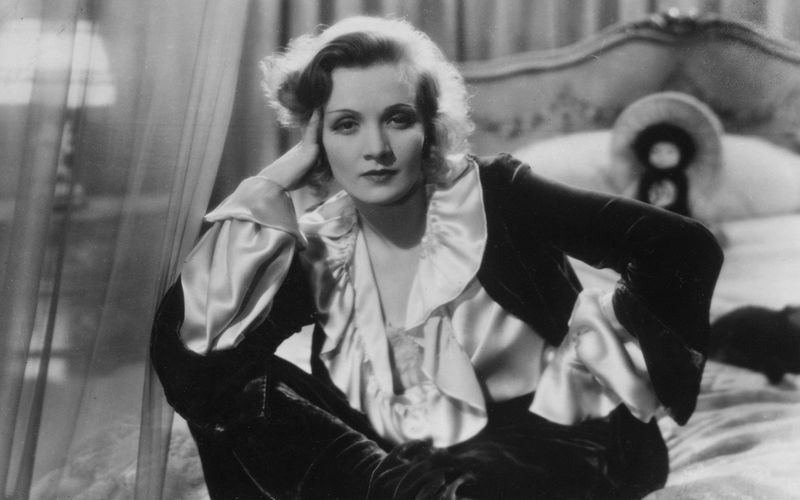
1924 marked the beginning of Marlene Dietrich’s illustrious film career, with her first role on the silver screen. Though it was a small part, it paved the way for future stardom.
Picture a young Dietrich, filled with ambition and talent, ready to captivate audiences with her unique style and charisma. Hollywood’s doors were opening for a future icon.
Dietrich’s legacy endures, a symbol of glamour and talent in an ever-evolving entertainment landscape.
20. Russell Maughan’s Coast-to-Coast Flight
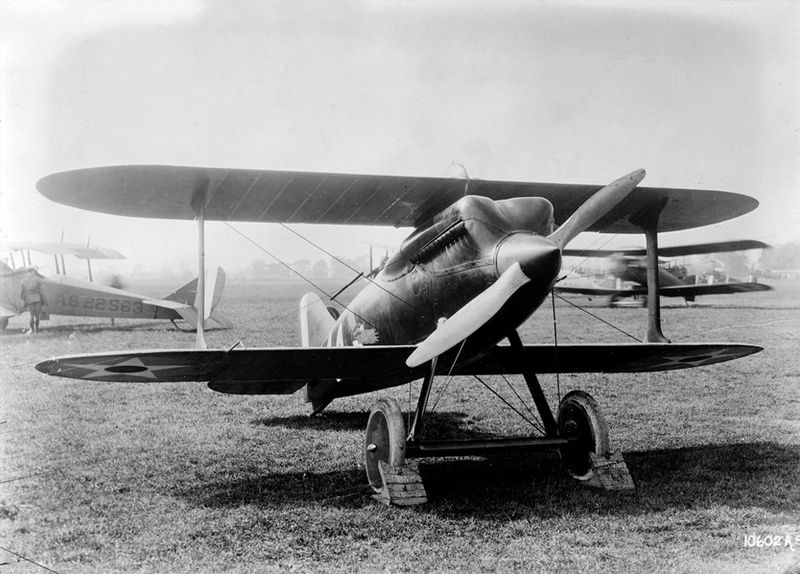
In 1924, aviator Russell Maughan achieved a remarkable feat, flying from coast to coast in a single day. His sunrise-to-sunset journey showcased the possibilities of aviation.
Picture the thrill of soaring through the skies, witnessing the diverse landscapes of America below. Maughan’s journey was a testament to human ingenuity and ambition.
This daring flight remains a milestone in aviation history, inspiring future generations to dream of reaching new heights.
21. British Empire Exhibition at Wembley
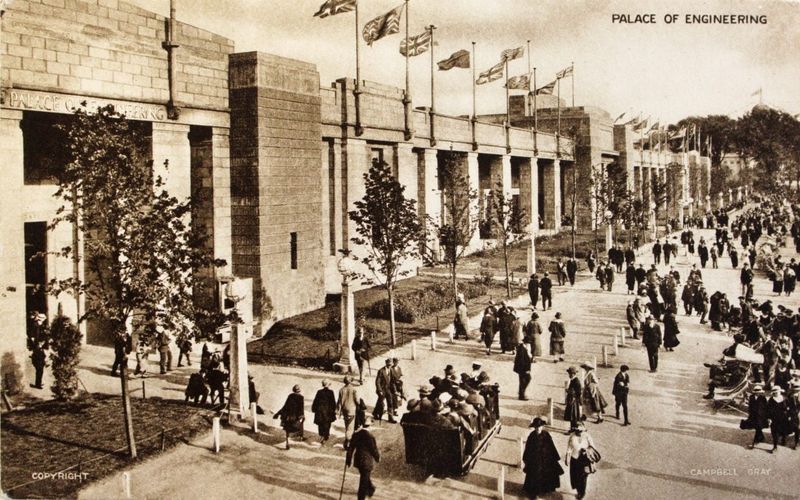
The British Empire Exhibition of 1924 showcased the might and majesty of the empire at its peak. Held at Wembley, it was one of the largest fairs of its kind.
Imagine walking through grand pavilions filled with wonders from across the empire, a celebration of colonial wealth and power. The atmosphere was one of awe and admiration.
Today, the exhibition is a reminder of a bygone era, a snapshot of history that continues to intrigue and inform.
22. Introduction of Kleenex

Kleenex made its soft debut in 1924, originally marketed as a makeup remover rather than the all-purpose tissue we know today. This versatile product found its way into homes across the country.
Picture the novelty of a disposable cloth that promised to make beauty routines a breeze. The innovation was a hit, and Kleenex quickly became a household name.
Today, Kleenex continues to be synonymous with convenience, a testament to the power of innovation in everyday life.
23. Leopold and Loeb Trial
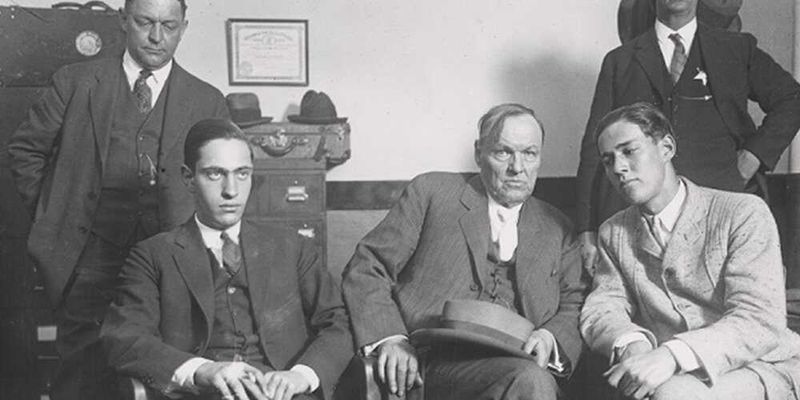
The trial of Leopold and Loeb in 1924 shocked America with its tale of privilege, murder, and twisted intellect. The two wealthy students committed a heinous crime “for fun.”
The courtroom was a stage of drama and intrigue as the public grappled with the motives behind this chilling act. The trial captivated the nation, raising questions about morality and justice.
This infamous case remains a dark chapter in legal history, a cautionary tale of ambition gone awry.
24. Mahatma Gandhi Released from Prison

In 1924, Mahatma Gandhi was released from prison, bolstering his role in India’s independence movement. His non-violent resistance inspired millions and became a beacon of hope.
Picture Gandhi, a symbol of peace and determination, greeted by supporters eager to continue the fight for freedom. His influence only grew stronger with each passing day.
Gandhi’s legacy endures as a testament to the power of peaceful protest and the pursuit of justice, resonating across the world.
